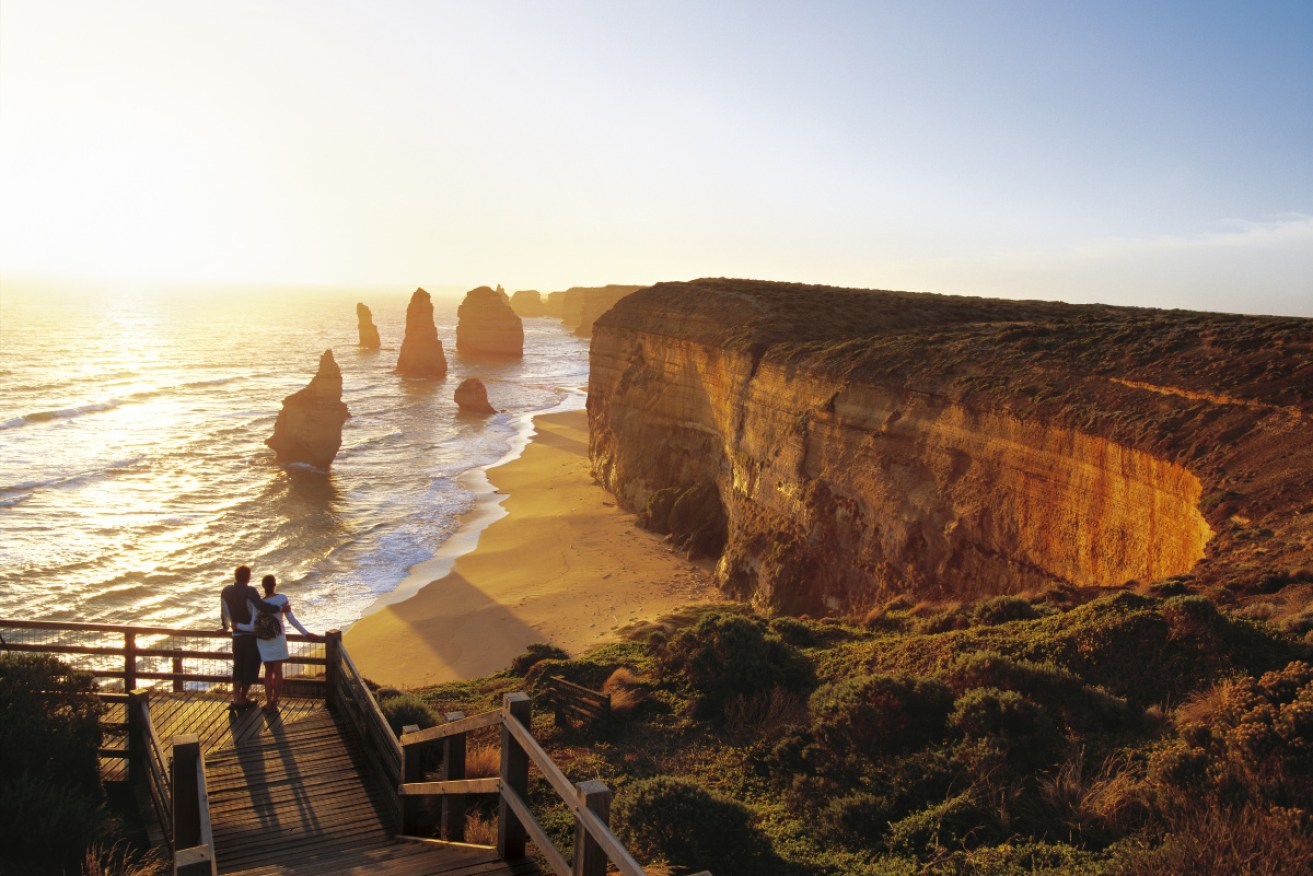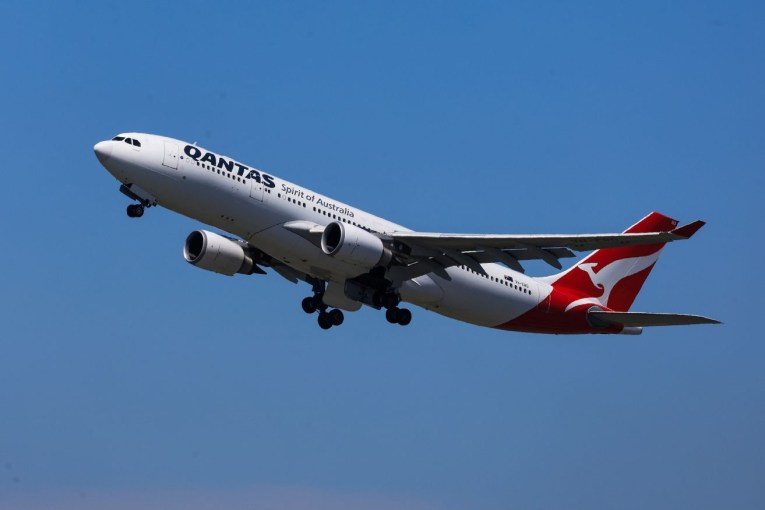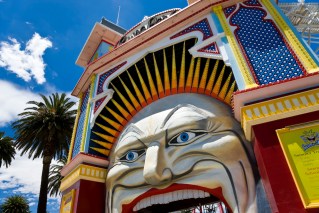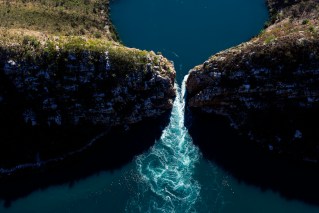Australian hotels may not recover from pandemic fallout until 2023


New research reveals Australian tourism may not fully recover until 2023. Photo: Getty
Guest numbers in capital city hotels may not return to pre-pandemic levels for another three years, according to new analysis, striking another devastating blow for the crippled Australian tourism sector.
Hotel analytics firm STR revealed on Monday that despite a minor uptick over June, Melbourne hotel occupancy currently hovers at 34 per cent – down 53.4 per cent on last year’s figures.
Although leisure traveller numbers increased, STR expects numbers will again be hampered by Victoria’s return to stage three restrictions.
Those latest figures follow the firm’s grim forecast that the industry will experience sluggish growth as Australia grapples with new outbreaks.
It expects tourist numbers will recover to 60 to 80 per cent of pre-pandemic levels in a year’s time, but it anticipates visitor numbers will not return to 2019 levels until 2023.
“We expect demand to remain depressed for a longer time period than the aftermath of the global financial crisis in 2007 and 2008, due to a variety of factors such as travel restrictions, social distancing measures and weaker consumer confidence,” STR said in an online blog.
“As of 15 June, when looking at the next 90 days (through 7 September), there is still very little forward occupancy across the four capital cities and the Sydney surrounding area.”
Australian Tourism Industry Council executive director Simon Westaway told The New Daily the statistics confirm wider sentiment felt on the ground by tourism operators and hotel staff.
Mr Westaway said there’s “no silver lining on the horizon” for the sector until international travel bans are overturned, with the grim numbers seen in major centres having far-reaching consequences.
“With our major capitals currently not well patronised, it hurts our visitor economy,” Mr Westaway said.
“The Sydney and Melbourne gateways are feeling it because they take the lion’s share of flights and additionally, with business travel basically non-existent and the events sector barely operational, it’s a long way back for our cities.”
Tweet from @LMChesters
Industry figureheads have called on the government to extend JobKeeper beyond its September deadline, with some suggesting axing the wage subsidy will cost 133,000 tourism and hospitality jobs.
Mr Westaway said there are currently 3.3 million tourism workers and nearly 800,000 businesses who are accessing JobKeeper.
How can Australia rescue an ailing industry?
UNSW economics professor Tim Harcourt said government and industry bodies should reorient tourism campaigns to boost domestic tourism numbers.
He cited Australia’s ‘tourism trade deficit’ as a potential saving grace, with Australians typically spending 1 per cent of GDP more on travelling overseas than international tourists spend while visiting here.
“It’s not like people come to Australia four times a year, unlike what they might do with Europe or America, so in some ways, Australia is better off than other tourist markets that rely more heavily on high-density frequent traffic,” he told The New Daily.
“Obviously you have to eventually phase [JobKeeper] out, but government needs to do what it can to help them adjust, especially for long-term prospects before international travel restrictions are lifted.”
Mr Westaway said he was encouraged by increasing numbers of local tourists exploring established day-trip destinations, including the Blue Mountains and Hunter Valley in NSW and in Far North Queensland.
While the industry is “doing it tough”, he said there are three keys to ensuring businesses survive the worst of the downturn.
“Firstly, there is the need for an extension to JobKeeper – it’s innovative public policy and our industry is holistically not in a position to have recovered by September,” Mr Westaway said.
“There’s also infrastructure spending, which is a medium-term consideration, which creates jobs and can improve access to tourist attractions in places like Kangaroo Island and Cradle Mountain in Tasmania.
“And the third is consolidating market, and there’s a role for Tourism Australia to organise some strategic planning around how we reimagine domestic tourism for the average Australian, considering we will be a more local market through the recovery.”









